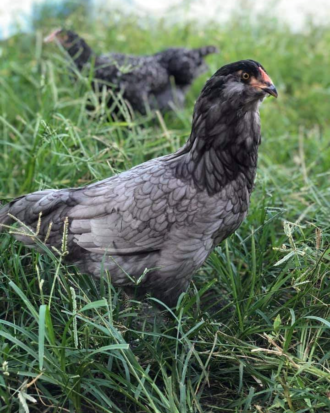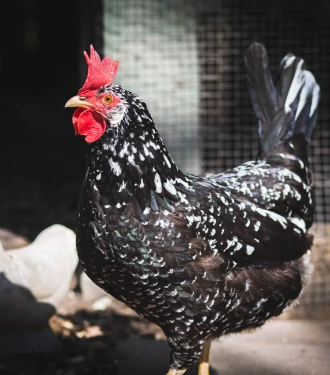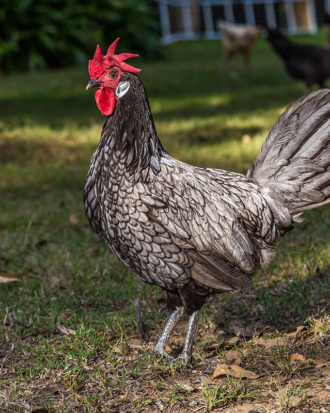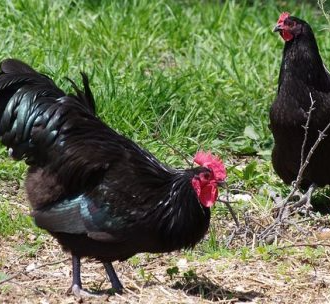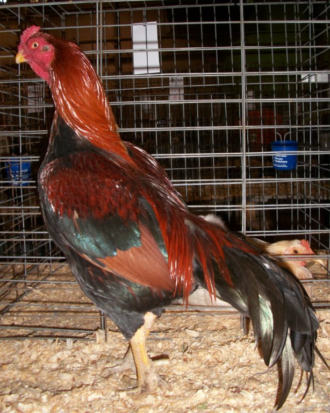- +1(828)414 4103
- shop@hooksbackyardpoultry.com
- 80 Ferry Road Asheville, NC 28806
- +1(828)414 4103
- shop@hooksbackyardpoultry.com
- 80 Ferry Road Asheville, NC 28806
Recent Products
-
 White Capped Pionus
$550.00
White Capped Pionus
$550.00
-
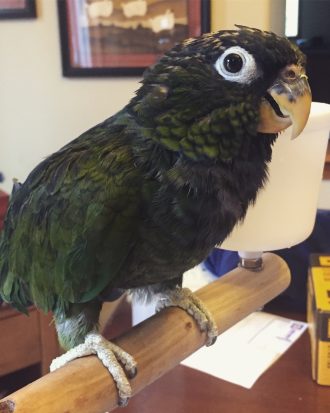 Maximilian Pionus
$600.00
Maximilian Pionus
$600.00
-
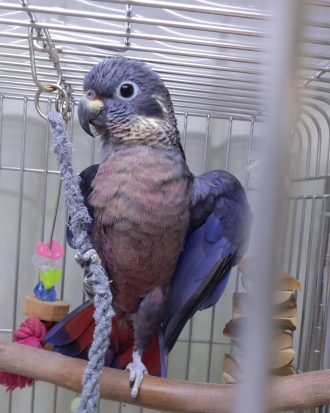 Dusky Pionus
$450.00
Dusky Pionus
$450.00
-
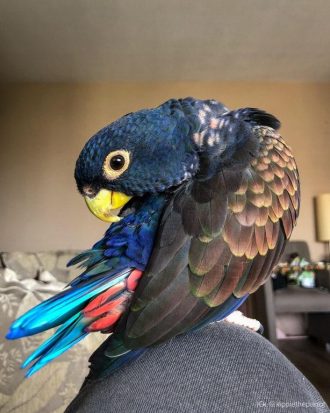 Bronze Winged Pionus
$750.00
Bronze Winged Pionus
$750.00
-
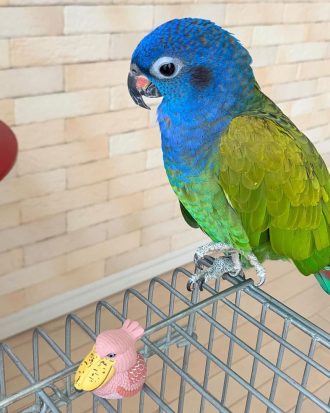 Blue Headed Pionus
$850.00
Blue Headed Pionus
$850.00
Categories
- Pea Fowl1010 products
- Domestic Turkeys1010 products
- Guinea Fowl66 products
- Laying Ducks2121 products
- Laying Geese88 products
- Laying Hens4848 products
- Parrots for sale4343 products
- African Grey Parrot22 products
- Amazon Parrots77 products
- Cockatoo Parrot66 products
- Conure Parrots1010 products
- Eclectus Parrot33 products
- Macaw Parrots1010 products
- Pionus Parrot55 products
Free Shipping For All Order Over $150
On orders over $150
The perfect gift idea
Free return within 3 days
Customer support
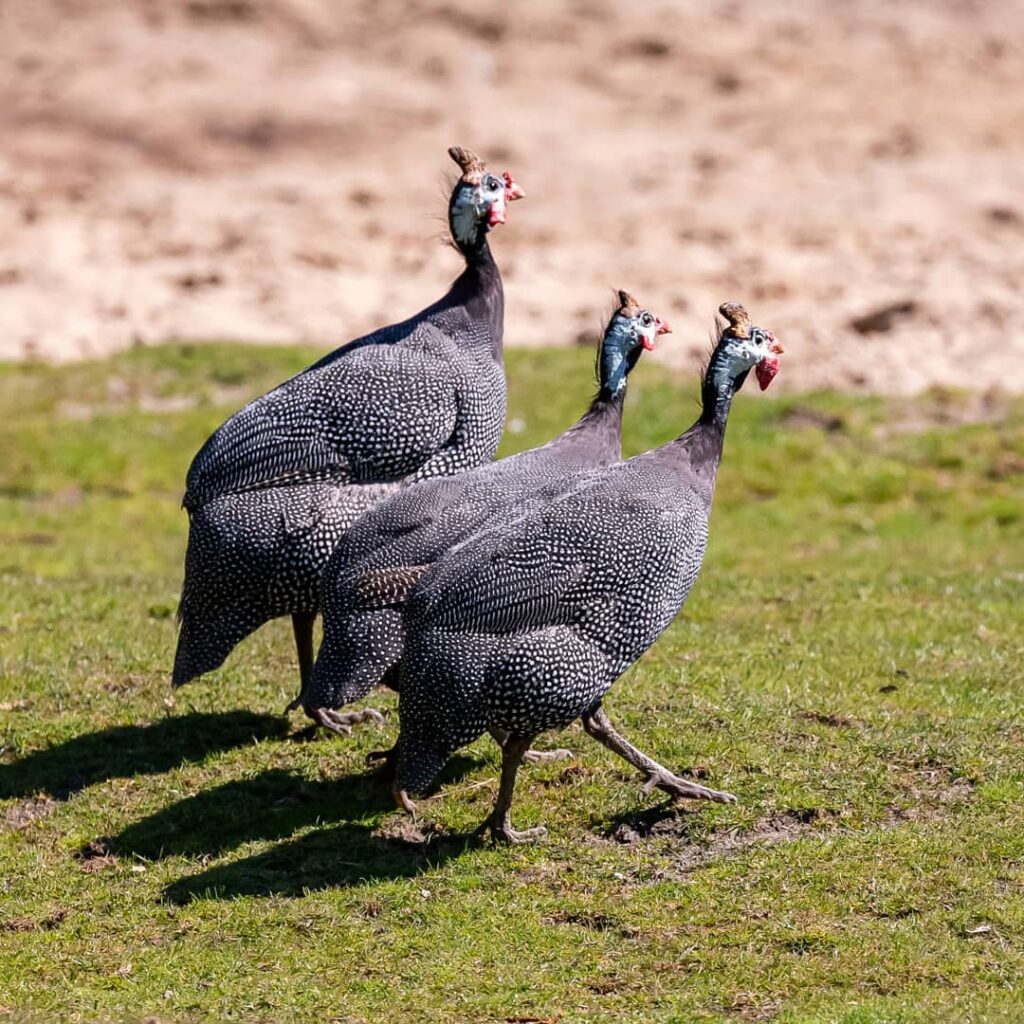
WELCOME TO hooksbackyardpoultry
Welcome to Our standard HOOKS BACKYARD POULTRY. For excellence and tenacity to deliver on our promise is unmatched. Our high standard of delivering on our promise is trusted by customers and farm stores nationwide. Join them, and become a member of the family.
Our Values:
Laying Hens
-
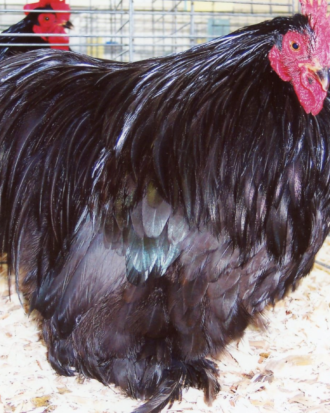
Black Cochin
Rated 5.00 out of 5$30.00Select options This product has multiple variants. The options may be chosen on the product page
CHICK SEASON -BACKYARD POULTRY®
Chick Season is the time of year when many poultry enthusiasts and farmers focus on raising baby chickens (chicks). This period is crucial for ensuring the health and well-being of young birds as they grow into productive adults. Here’s a guide to understanding and managing chick season effectively:
Guide For Backyard Poultry Owners
1. Timing and Planning
Best Time to Start:
- Spring and Early Summer: This is the ideal time to start raising chicks, as warmer temperatures help ensure their comfort and reduce heating needs.
- Planning Ahead: Order or reserve chicks in advance from hatcheries or local suppliers, as availability can vary.
Preparing for Arrival:
- Brooder Setup: Ensure your brooder is ready with appropriate bedding, heat source, and feed before the chicks arrive.
- Health Supplies: Have essential supplies on hand, such as chick feed, waterers, and feeders.
2. Brooder Setup
Temperature Control:
- Heat Source: Use a heat lamp or brooder heater to maintain the correct temperature (starting around 95°F or 35°C) and gradually decrease it as chicks grow.
- Temperature Monitoring: Use a thermometer to ensure the brooder stays at the appropriate temperature. Chicks will huddle together if too cold and spread out if too hot.
Bedding:
- Choice: Use absorbent bedding like pine shavings, straw, or paper towels. Avoid materials that can be harmful, such as newspaper or sawdust.
- Cleanliness: Keep the bedding clean and dry to prevent health issues.
Space Requirements:
- Size: Provide about 1-2 square feet per chick in the brooder. Increase space as they grow to prevent overcrowding.
3. Feeding and Nutrition
Starter Feed:
- Type: Use a high-quality chick starter feed with the appropriate protein content (18-20%) for healthy growth.
- Feeding Schedule: Ensure chicks have constant access to feed and fresh water. Provide small amounts frequently throughout the day.
Water:
- Availability: Keep water clean and ensure chicks have easy access. Use shallow waterers to prevent drowning hazards.
4. Health and Care
Observation:
- Behavior: Watch for signs of illness, such as lethargy, droopy wings, or abnormal droppings. Healthy chicks are active and curious.
- Vaccinations: Follow recommended vaccination schedules to protect against common diseases.
Hygiene:
- Brooder Cleaning: Regularly clean and disinfect the brooder to reduce the risk of disease. Replace soiled bedding and clean waterers daily.
5. Socialization and Enrichment
Interaction:
- Handling: Gently handle chicks to socialize them and help them become accustomed to human interaction. Avoid excessive handling, which can cause stress.
- Enrichment: Provide simple toys or pecking items to stimulate natural behaviors and keep chicks entertained.
6. Transition to the Coop
Timing:
- Age: Typically, chicks are ready to move to the coop around 6-8 weeks of age, once they have feathered out and can handle cooler temperatures.
- Acclimatization: Gradually acclimate them to outdoor conditions by allowing short periods of supervised time outside before full-time relocation.
Coop Preparation:
- Safety: Ensure the coop is predator-proof and has proper ventilation. Provide clean bedding and nesting boxes.
- Integration: Introduce chicks to the coop slowly and monitor their interaction with any existing flock members to minimize stress.
7. Ongoing Care
Growth Monitoring:
- Weight and Size: Regularly check that chicks are growing at a healthy rate. Adjust their feed and care as needed based on their development.
- Health Checks: Continue to monitor for any signs of illness or distress and address any issues promptly.
Gradual Adjustments:
- Temperature: Continue to adjust the temperature in the brooder as chicks grow and their feathering improves.
- Feeding: Transition from starter feed to grower feed as they approach 8 weeks of age.
By following these guidelines, you can ensure a successful chick season and help your young poultry grow into healthy, productive adults.

PRODUCTS
RANGE

Quality
Matters

FAST
Shipping

Satisfied
CUSTOMER
Backyard Poultry
Backyard poultry is a vital part of the agricultural industry, providing a significant source of food and income for people worldwide. Poultry farming involves raising domesticated birds, such as chickens, turkeys, ducks, and geese, for their meat, eggs, and feathers. With the world’s population continuously growing, the demand for poultry products is also increasing. Poultry farming is a profitable venture that requires proper management to achieve high productivity and profitability. Farmers should ensure that their birds are healthy, well-nourished, and protected from predators and diseases. They should also provide them with adequate housing, ventilation, and lighting to ensure optimum growth and production. Additionally, farmers should adhere to the ne…
we Deliver
The Best Products







What People
Say About Us
















